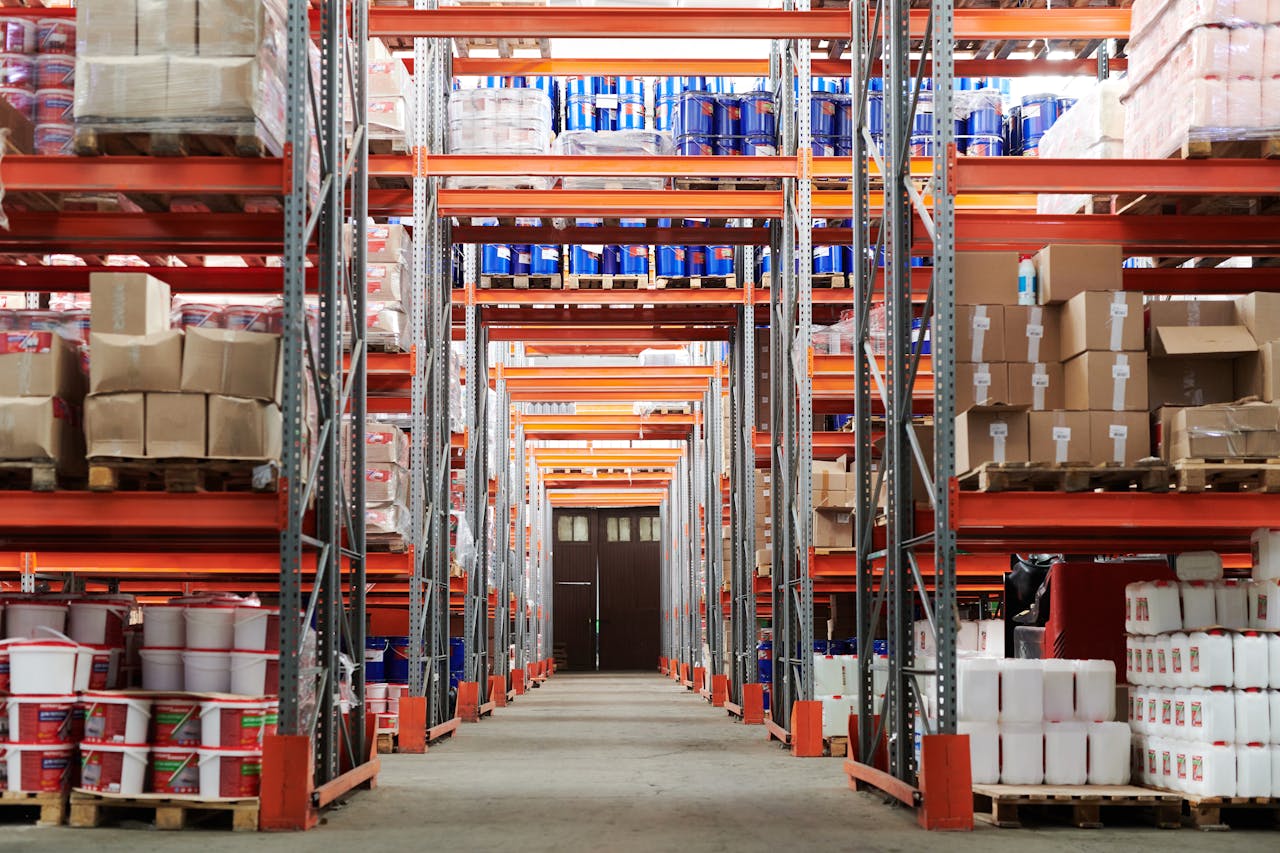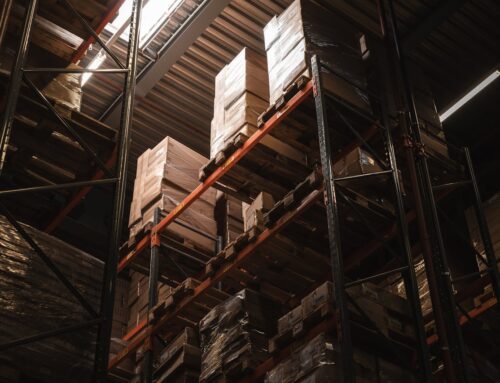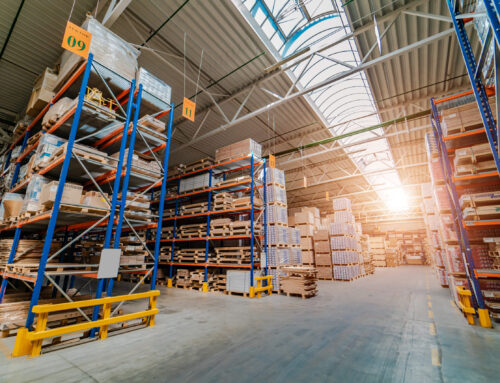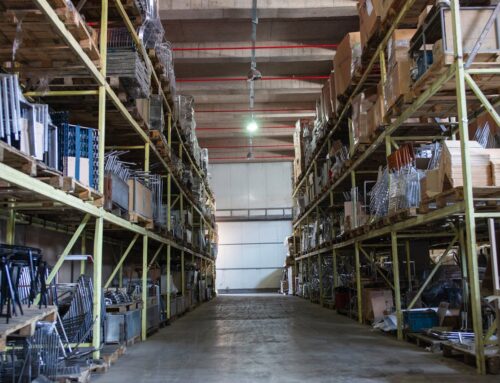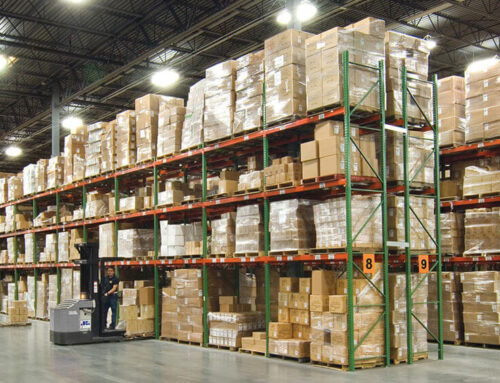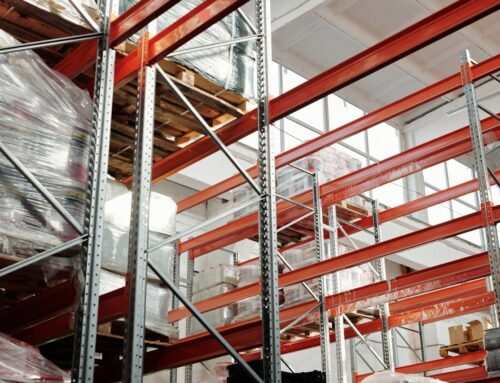Have you ever wondered what would happen to your warehouse pallet racking during an earthquake? Even small seismic tremors can cause serious damage if your racks aren’t designed and installed correctly. For businesses that rely on used pallet racks or newly purchased systems, ensuring earthquake safety isn’t just about compliance; it’s about protecting your employees, inventory, and bottom line.
In this article, we’ll explore what makes pallet racks earthquake-safe, why proper pallet rack installation matters, and the role warehouse safety standards play in reducing risks. We’ll also cover what you can do to evaluate your current setup and prepare for unexpected seismic events.
Why Earthquake Safety Matters in Warehouses
Earthquakes don’t always make headlines, but they occur more often than many people realize. According to the United States Geological Survey (USGS), the U.S. experiences thousands of earthquakes each year. While not all are catastrophic, even moderate tremors can compromise warehouse pallet racking systems if they are not properly secured.
A warehouse is only as safe as its storage system. If racks collapse, they can cause injuries, damage expensive products, and shut down operations for days or weeks. Taking preventive measures today ensures your facility is prepared for tomorrow.
Key Factors That Influence Rack Safety
Pallet Rack Design and Materials
Not all racks are created equal. High-quality steel construction and engineering that meet industry standards are crucial for durability. If you’re considering used pallet racks, always verify that they meet current safety codes and haven’t been compromised by rust, bending, or prior damage.
Proper Pallet Rack Installation
Even the strongest rack system can fail if not installed correctly. Pallet rack installation should include securely anchored uprights, level beams, and seismic bracing where required. Professional installers know how to account for floor conditions and building codes, which vary by region. Cutting corners here could put your entire warehouse at risk.
Warehouse Layout and Load Distribution
Uneven loading is one of the most common causes of rack failures during seismic events. Distributing weight evenly across shelves and avoiding overloading are basic but essential practices. A carefully planned layout also ensures aisles are wide enough for equipment movement without striking racks, further reducing risks.
The Role of Seismic Zones in Rack Safety
The U.S. is divided into seismic design categories that help determine building and storage requirements. For example, California warehouses face stricter codes than those in the Midwest because of higher earthquake risks. Local regulations often dictate specific reinforcement and anchoring standards for warehouse pallet racking.
If your warehouse is in a moderate to high-risk seismic zone, you should have a professional assessment of your racks. Even if your facility is outside these areas, preparing for worst-case scenarios is a wise investment.
How to Evaluate Your Current Pallet Racks
If you’re unsure about your warehouse’s level of protection, here are a few steps to take:
- Inspect racks regularly. Look for leaning frames, loose anchors, missing safety clips, or bent beams.
- Check installation records. Confirm your racks were installed to meet seismic safety codes.
- Review capacity labels. Make sure weight limits are clearly marked and not exceeded.
- Schedule professional audits. A warehouse safety expert can provide recommendations for retrofitting or upgrading.
These steps not only help during an earthquake but also improve everyday warehouse safety.
Upgrading and Retrofitting Options
If your current system isn’t up to par, there are solutions that don’t always require a full replacement. For example, you can add cross bracing, stronger anchors, or heavier-duty uprights to existing racks. Used pallet racks can often be retrofitted with additional components to meet higher safety standards.
That said, if your racks are severely damaged or outdated, replacement may be the safest choice. Investing in a new system through a trusted supplier ensures compliance and peace of mind.
The Human Side of Warehouse Safety
Beyond protecting products, the primary concern is always your people. OSHA reports that nearly 100,000 workers are injured each year due to falling objects in warehouses. A collapsed rack during an earthquake can result in severe injuries or worse. Training employees on proper loading, reporting damage, and emergency procedures should go hand-in-hand with rack inspections.
Warehouse safety is not a one-time project but an ongoing commitment. By prioritizing both equipment and training, you create a culture where everyone is invested in preventing accidents.
How Pallet Rack World Can Help
At Pallet Rack World, we understand that every warehouse is unique. Whether you’re outfitting a new facility, upgrading with used pallet racks, or looking for expert pallet rack installation, we can help you design a system that prioritizes safety without sacrificing efficiency. Our team stays up to date with seismic requirements, warehouse safety standards, and the latest racking technologies so you can operate with confidence.
Protect Your Warehouse Before the Next Quake
Earthquakes are unpredictable, but your warehouse pallet racking system doesn’t have to be vulnerable. By investing in high-quality racks, ensuring proper pallet rack installation, and keeping warehouse safety a top priority, you can protect your employees and your business from costly disasters.
Don’t wait until it’s too late. Contact Pallet Rack World today to learn how we can help make your pallet racks earthquake-safe and future-ready.
Table of Contents
- Why Earthquake Safety Matters in Warehouses
- Key Factors That Influence Rack Safety
- The Role of Seismic Zones in Rack Safety
- How to Evaluate Your Current Pallet Racks
- Upgrading and Retrofitting Options
- The Human Side of Warehouse Safety
- How Pallet Rack World Can Help
- Protect Your Warehouse Before the Next Quake


